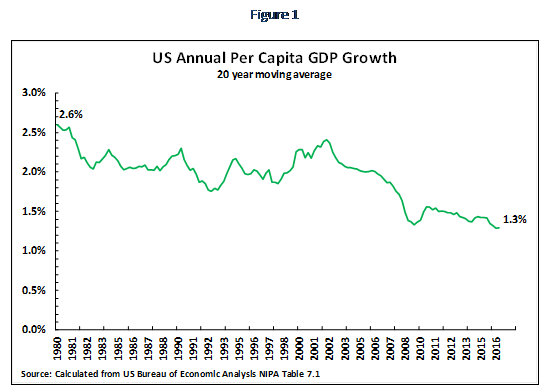U.S.-China Confrontation Runs Counter to Both Countries’ Interests
China Today by JOHN ROSS, February 8, 2017 Adjust font size:
Income Trends
U.S. median household incomes in 2015 were still 2.4 percent below the level 16 years previously. And at the trough of the Great Recession, in 2012, they were 9.1 percent below their 1999 peak level. The U.S. population therefore suffered more than a decade and a half of significantly lowered incomes – something which could alone cause deep political discontent and anger in any country.
But the political consequences of the falling U.S. incomes trend were exacerbated by greater social inequality and a lower share by the overwhelming majority of the U.S. population in the nation’s total income. The share of the bottom 80 percent of the U.S. population – the overwhelming majority – in total U.S. income fell from 56 percent in 1967 to 49 percent in 2015. Over the same period, the top 20 percent of the U.S. population’s share in total U.S. income rose from 46 percent to 51 percent. In 2015, therefore, the top 20 percent of the U.S. population received a higher share of the total U.S. income than the bottom 80 percent.
